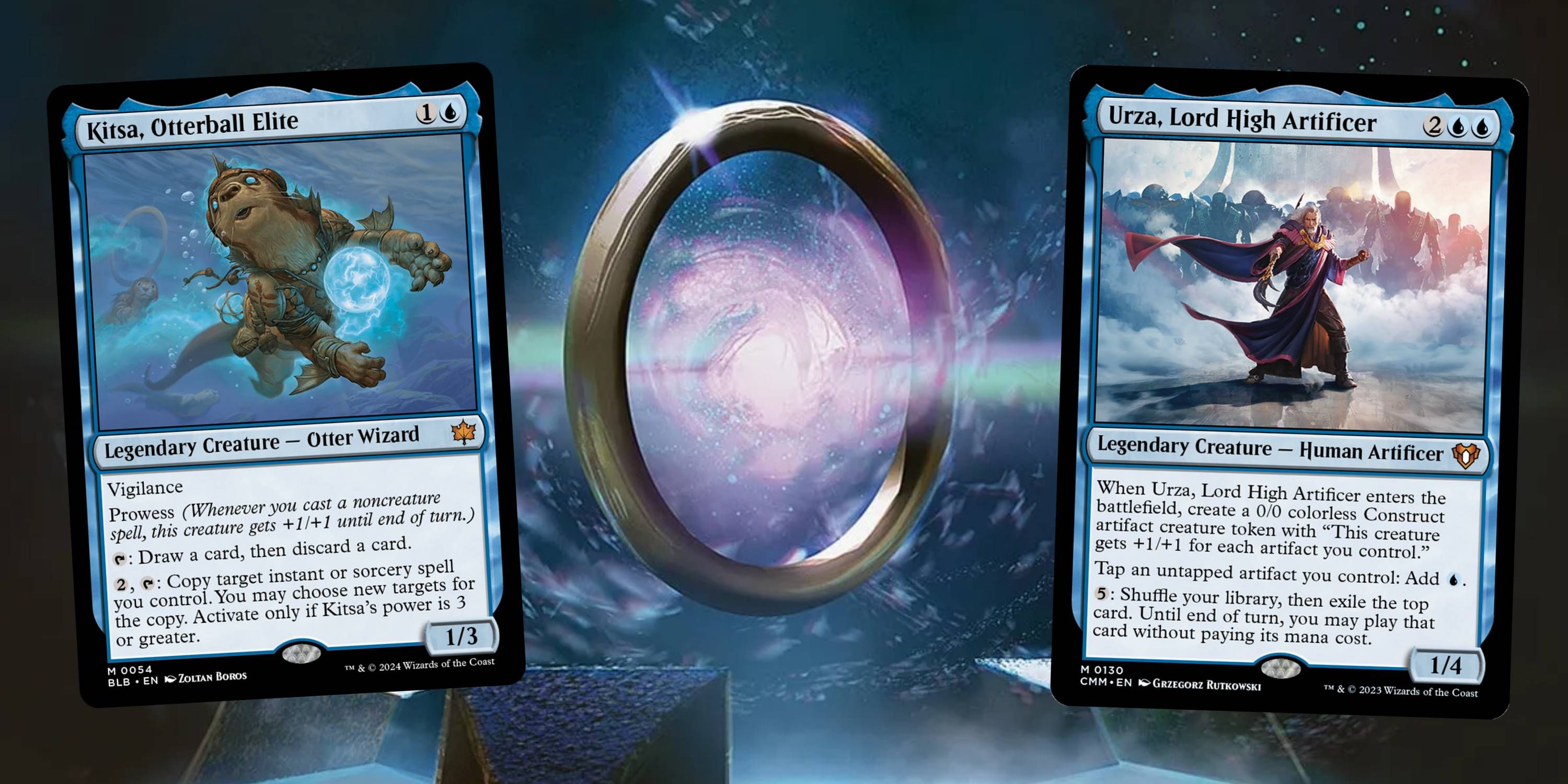Magic: The Gathering - How To Work Out Which Bracket Your Commander Deck Is

Quick Links
- Determining The Base Grade
- Working Out Bracket Placement
- Bracket Traits
Commander is one of the most played and popular formats available in Magic: The Gathering. It is a very different format from others, as Commander is a much more social than competitive one. As such, players want to play against decks of similar power levels, as opposed to everyone bringing a deck to simply win with.
RelatedMagic: The Gathering - What Are The Commander Brackets?
A clearly defined example of what a "five" is.
PostsOriginally, this was simply done by saying how powerful your deck was from one to ten. Now, there's a bit more "objectivity" to it with the Commander Bracket system. However, determining your deck's bracket level is a bit more complex than just fitting into the bracket criteria.
Determining The Base Grade
Commander Brackets, by Wizards of the CoastThere are five commander brackets in total. Each bracket has its own traits of what is and isn't allowed. For example, a bracket one deck can't have any two-card infinite combos and a bracket three deck can't have mass land removal.
Since each bracket has clear guidelines, you can quickly determine where your deck's base level is at. If you put Armageddon in your deck, it will automatically be a bracket four deck. Alternatively, if your deck fits in with all the criteria of a bracket one deck, you can start your evaluation there.
The Commander Brackets translate to the power level of your deck. A bracket one deck is going to be the weakest level of commander decks, whereas a bracket five deck is as optimized as possible.
However, just because a deck fits into the criteria of a Commander Bracket, that doesn't mean it belongs in that bracket. It is very much possible to build a cEDH deck (the highest level of Commander deck) within the confines of the bracket one guidelines. As such, the Commander Brackets are more than what's on the surface.
RelatedMagic: The Gathering - 10 Great Bracket 2 Commanders
It might be hard to pick a Bracket 2 Commander for your next Magic: The Gathering deck, but we have a few good options to choose from.
Posts 1Working Out Bracket Placement
Arcane Signet by Dan Murayama ScottOnce you know the base bracket level, it makes determining the rest easier. The lower level of Commander Brackets is more about themes than they are about winning. If your Commander deck is weak or slow because it's following a specific gimmick (such as only including cards where there are hats in the art), then bracket one is likely where your deck is going to be.
It is possible for a deck to have a theme and still be too strong for it. If you build an Elf deck, for example, it'll likely be able to easily defeat most bracket one decks. A good way to determine if a deck is too strong is to see how quickly it can amass a battlefield. If you're set up within a few turns, you should be looking at the higher bracket levels instead of the lower.
The biggest jump in bracket level is three to four. Bracket three is where most "average" Commander decks are, whereas bracket four houses decks that are very strong, but not quite cEDH tier.
Looking at the guidelines for brackets four and five, you'll see that they follow the same rules. So what's the difference? Well, a high-powered Commander game and a cEDH game are very different. cEDH/bracket five decks are optimized as far as possible to win the game as quickly as possible, sometimes as early as turn one. Meanwhile, high-powered, while optimized, aren't going that fast.
The easiest way to determine if your deck belongs in bracket four or five is that four is an optimized commander deck, while five is a deck you would bring to a tournament with the intention to win. You can push any Commander deck to its limits, but unless it's a cEDH meta commander, it likely won't be able to make the bracket five threshold.
Bracket Traits
Command Tower by Evan ShipardEvery bracket has its primary traits. When you are trying to work out which bracket your Commander deck is, you should look at these traits to make sure it's not going against the spirit of the bracket. Even if a deck fits into a bracket criteria, that doesn't mean it belongs in that bracket. The Commander Brackets are a guideline, not a static "this deck belongs here."
Bracket Number
Traits
1: Exhibition
Very casual, decks built around specific themes, meant to have fun with, not to win.
2: Core
Preconstructed deck level, weaker than average, but has a defined game plan.
3: Upgraded
Most decks fall into this bracket. Decks have a clear goal with synergy, but not optimized to win quickly.
4: Optimized
Decks are strong, fast, and consistent. If your deck feels powerful but not tournament-level, it belongs here.
5: cEDH
Decks are as optimized as possible, one you would bring to a tournament. Tends to win within just a few turns.
You'll find many decks are going to be bracket three. Unless you're actively making your deck more optimized or weaker, it'll land there. All preconstructed decks can be assumed to be a bracket two deck, as that was what the bracket was designed for.
NextMagic: The Gathering - 10 Great Bracket 1 Commanders
Building a Bracket 1 Commander deck has never been easier than with these legendary Magic: The Gathering creatures.
Posts 8












